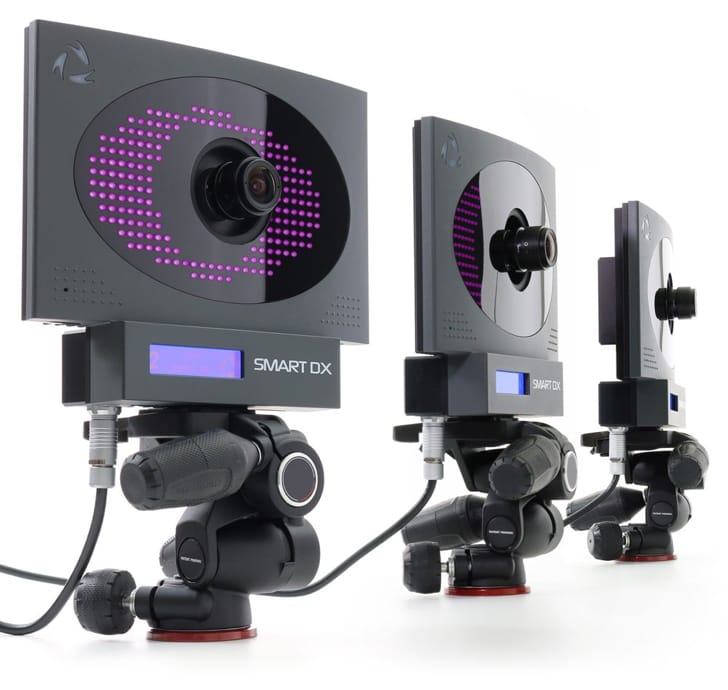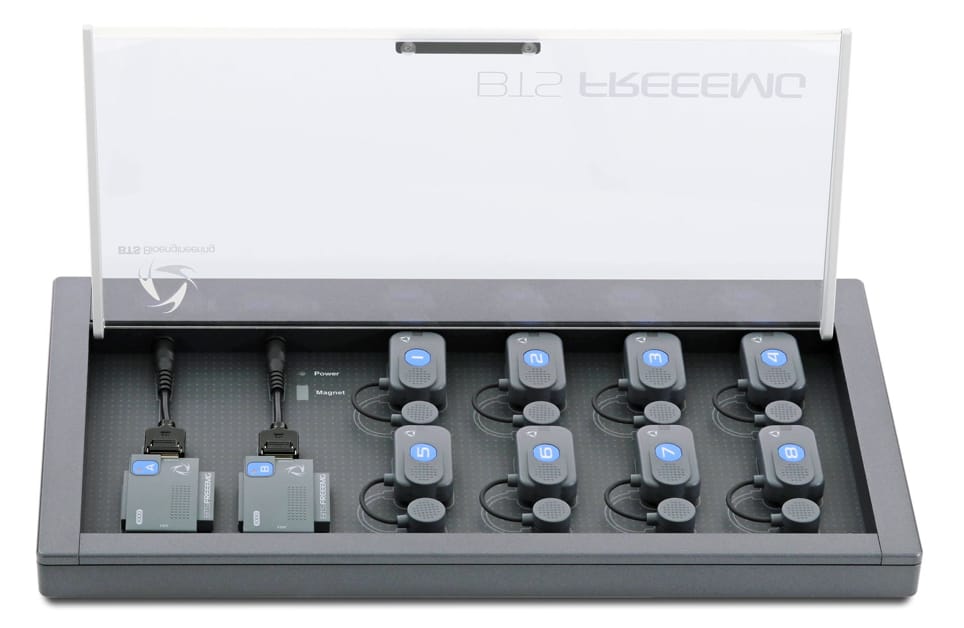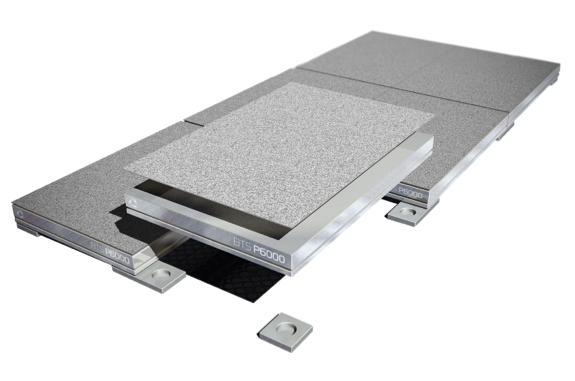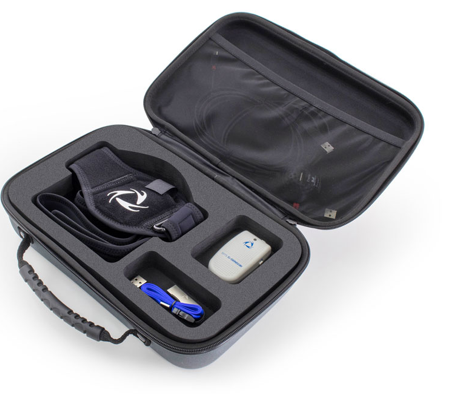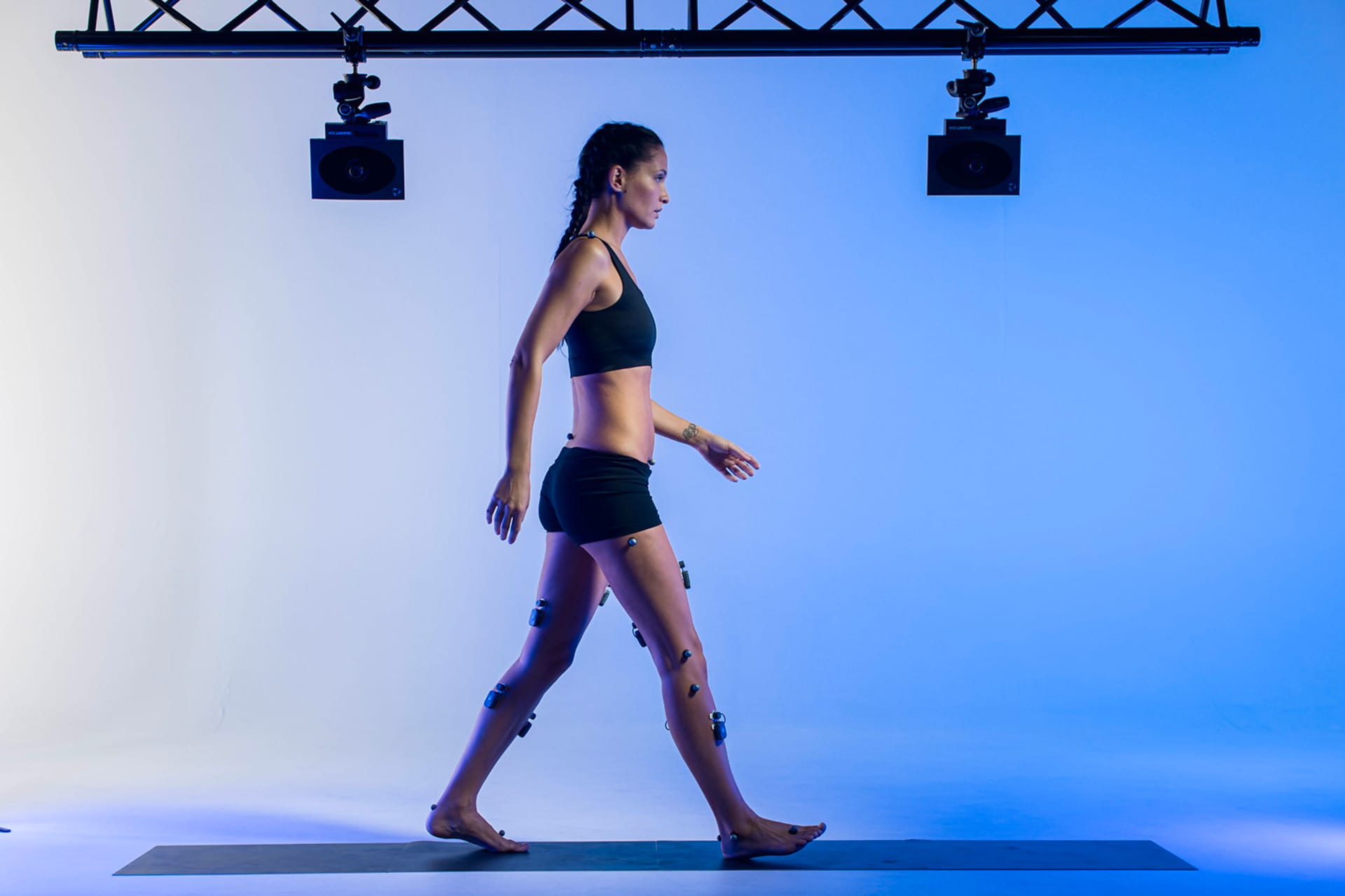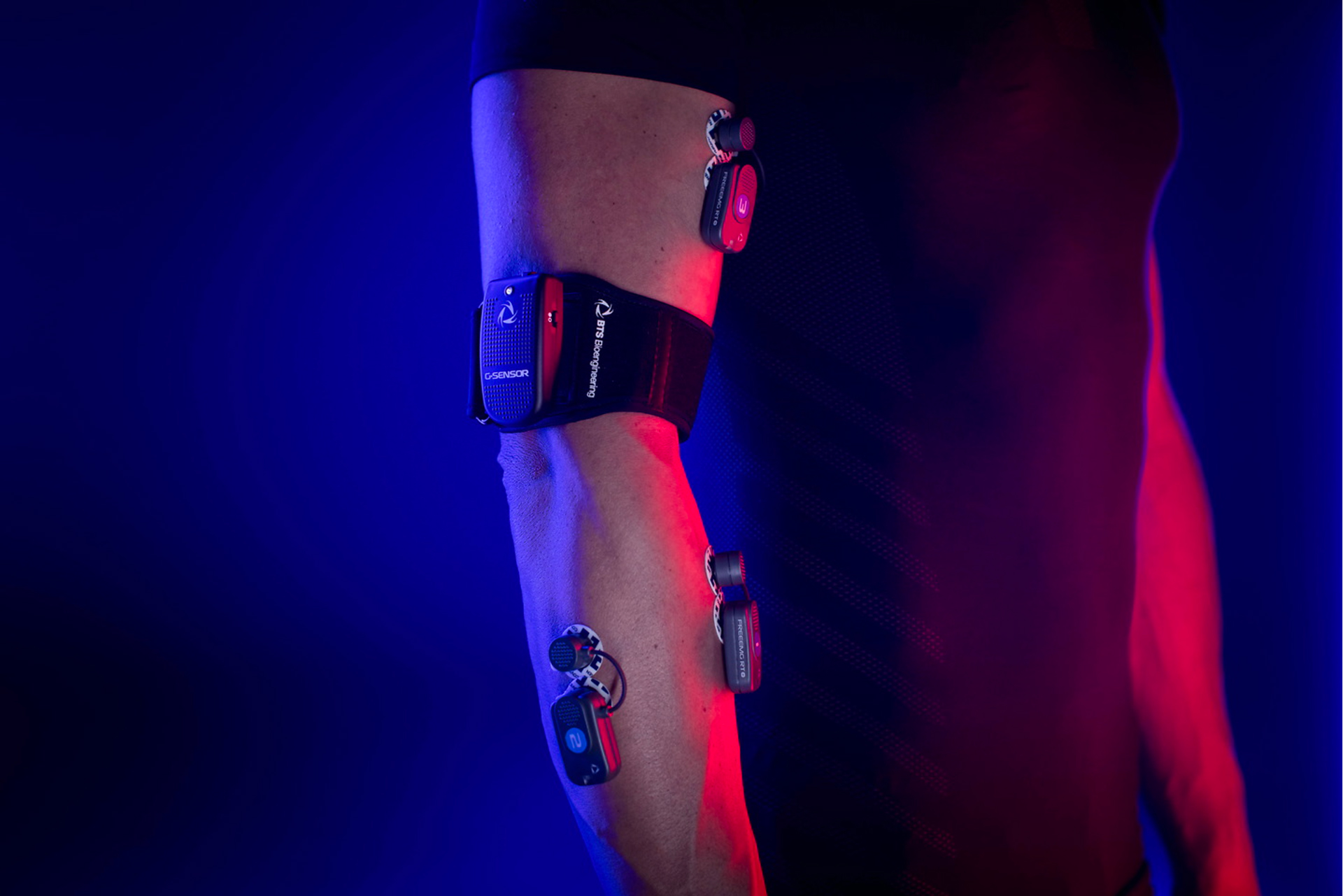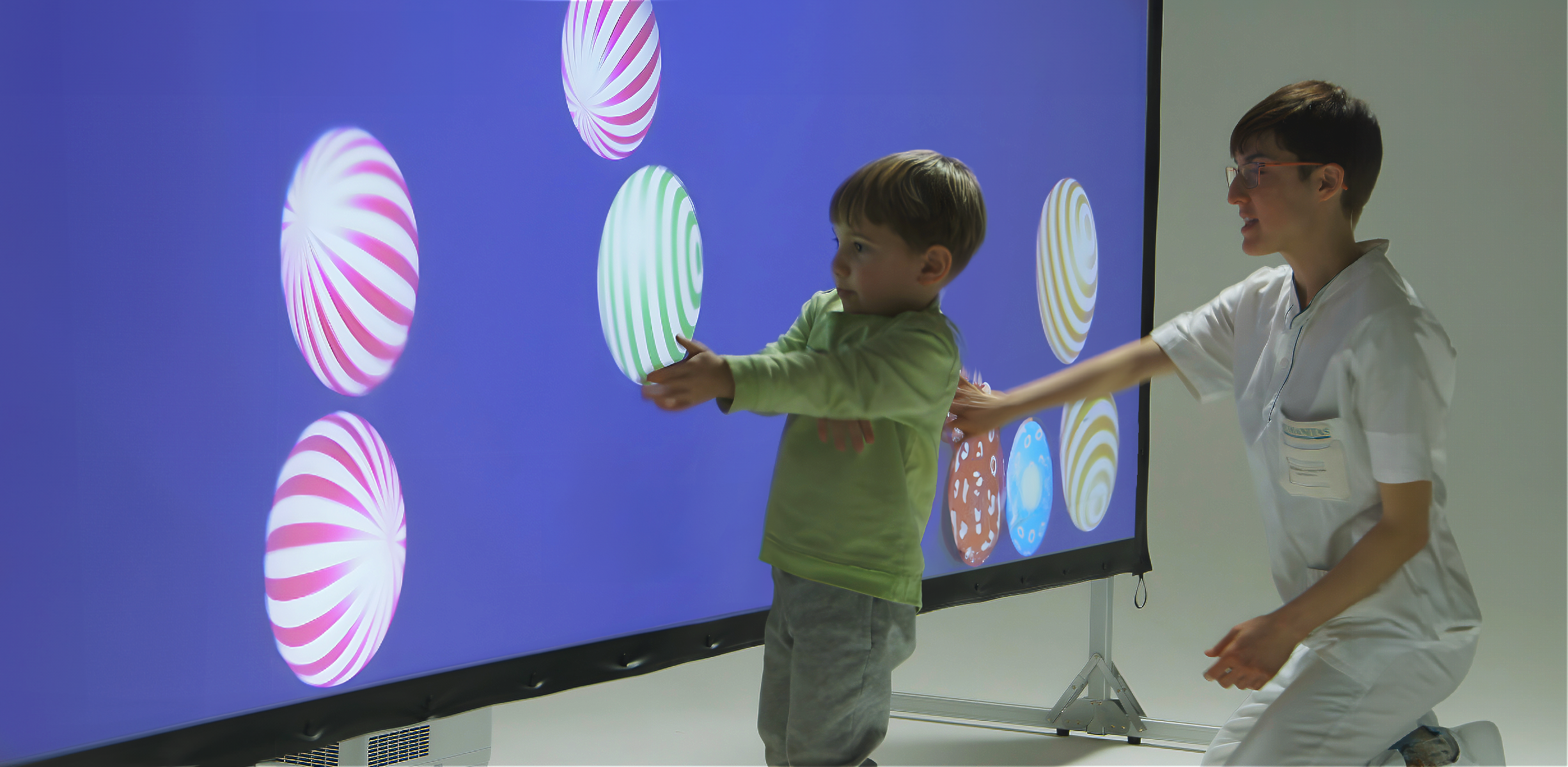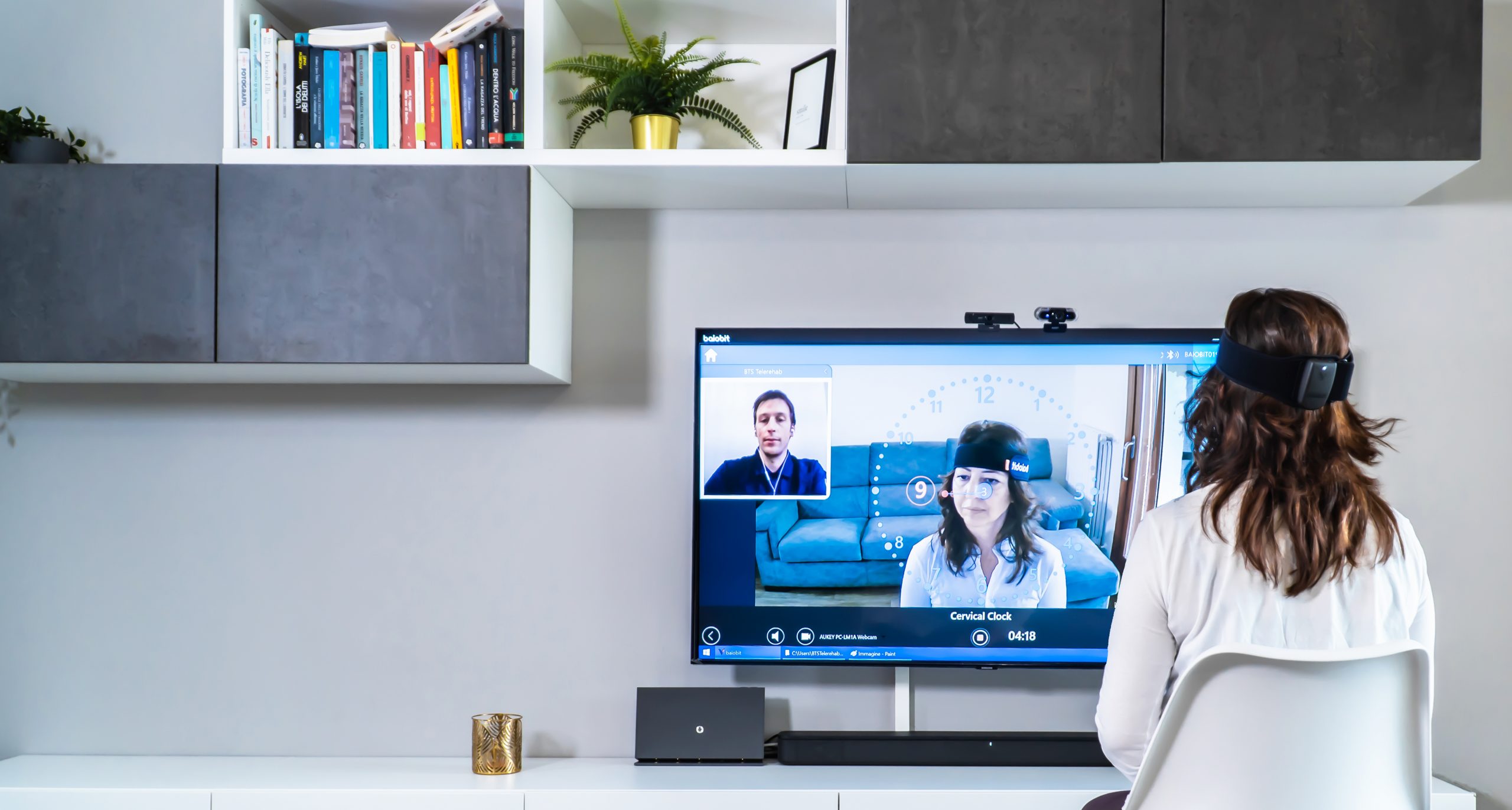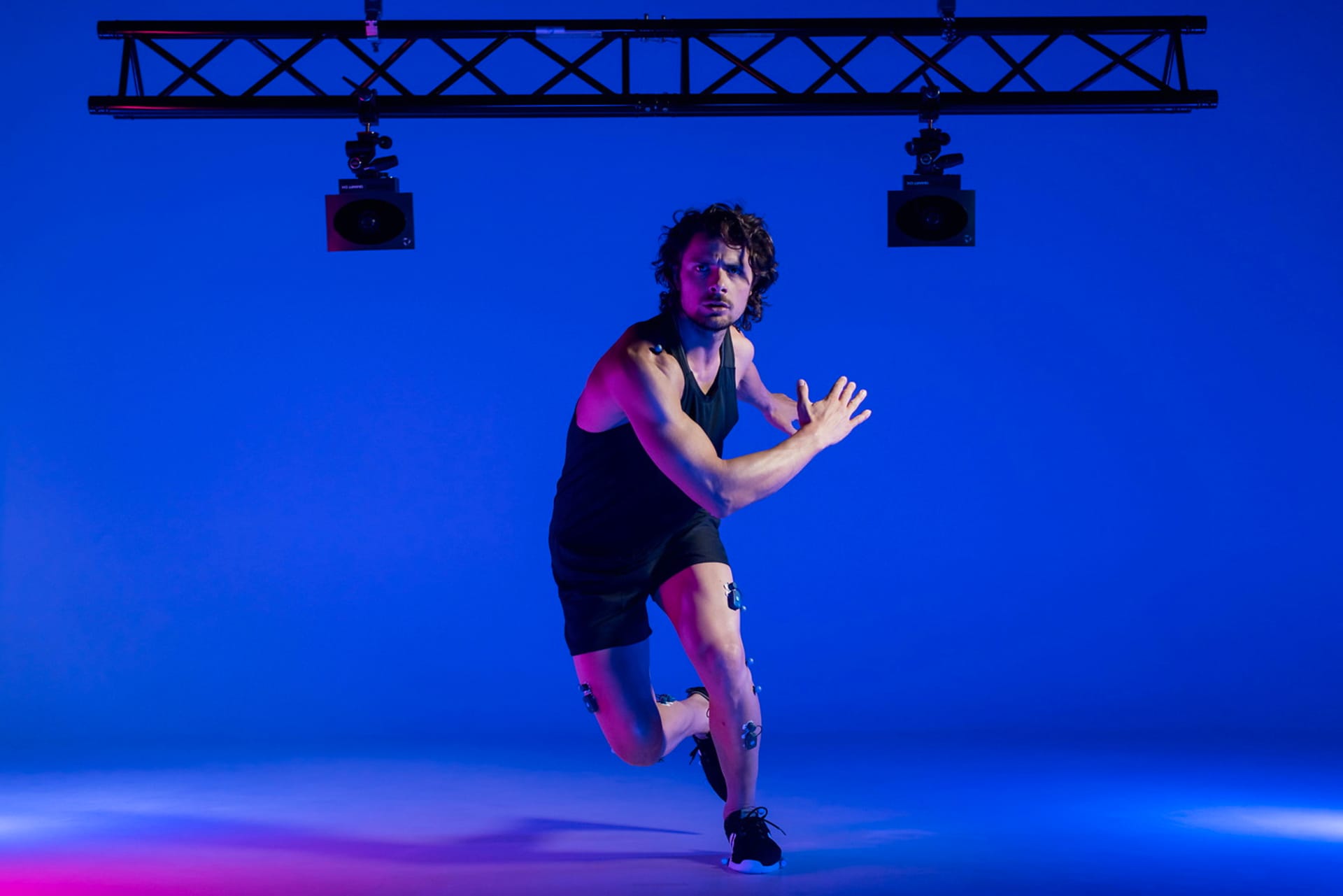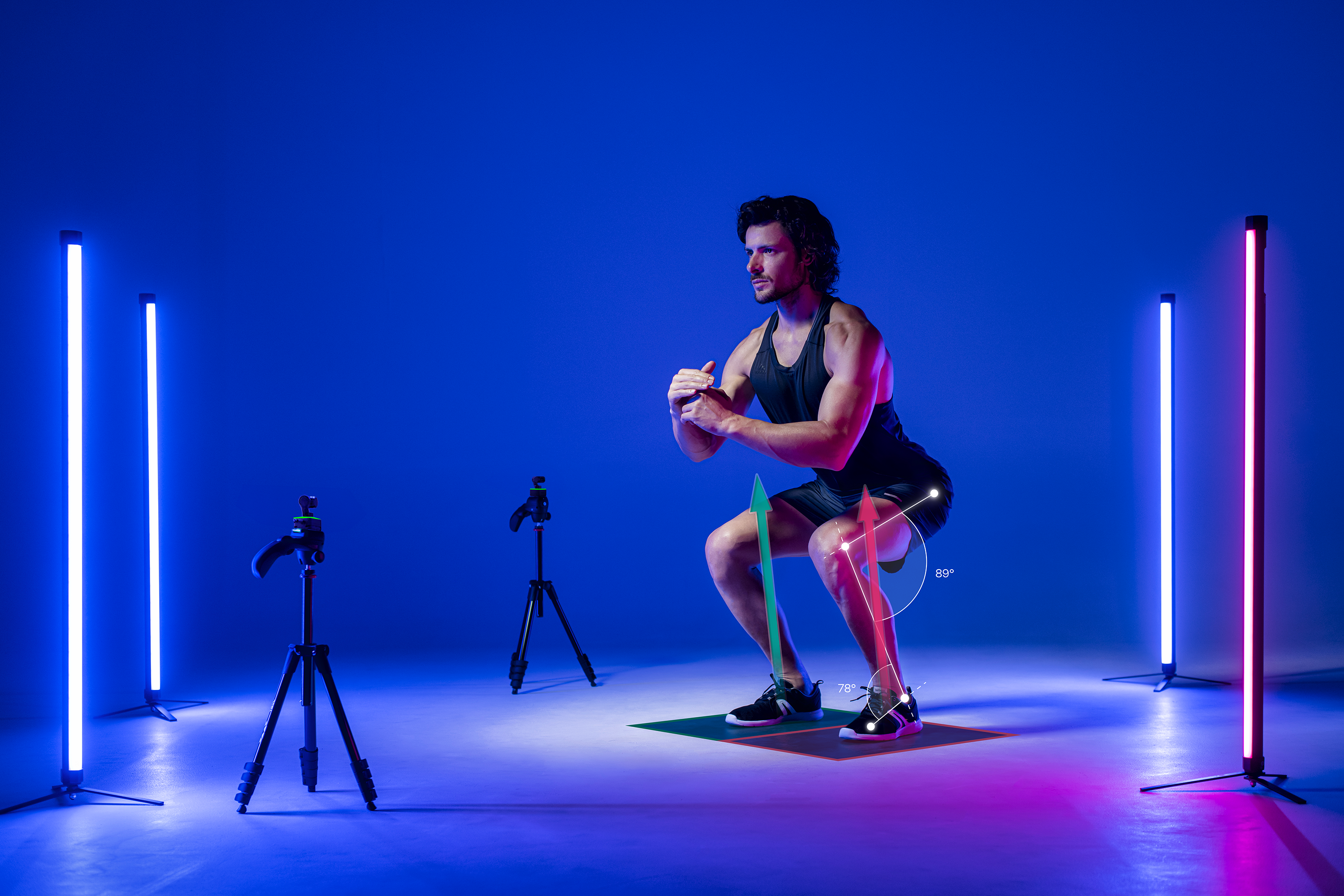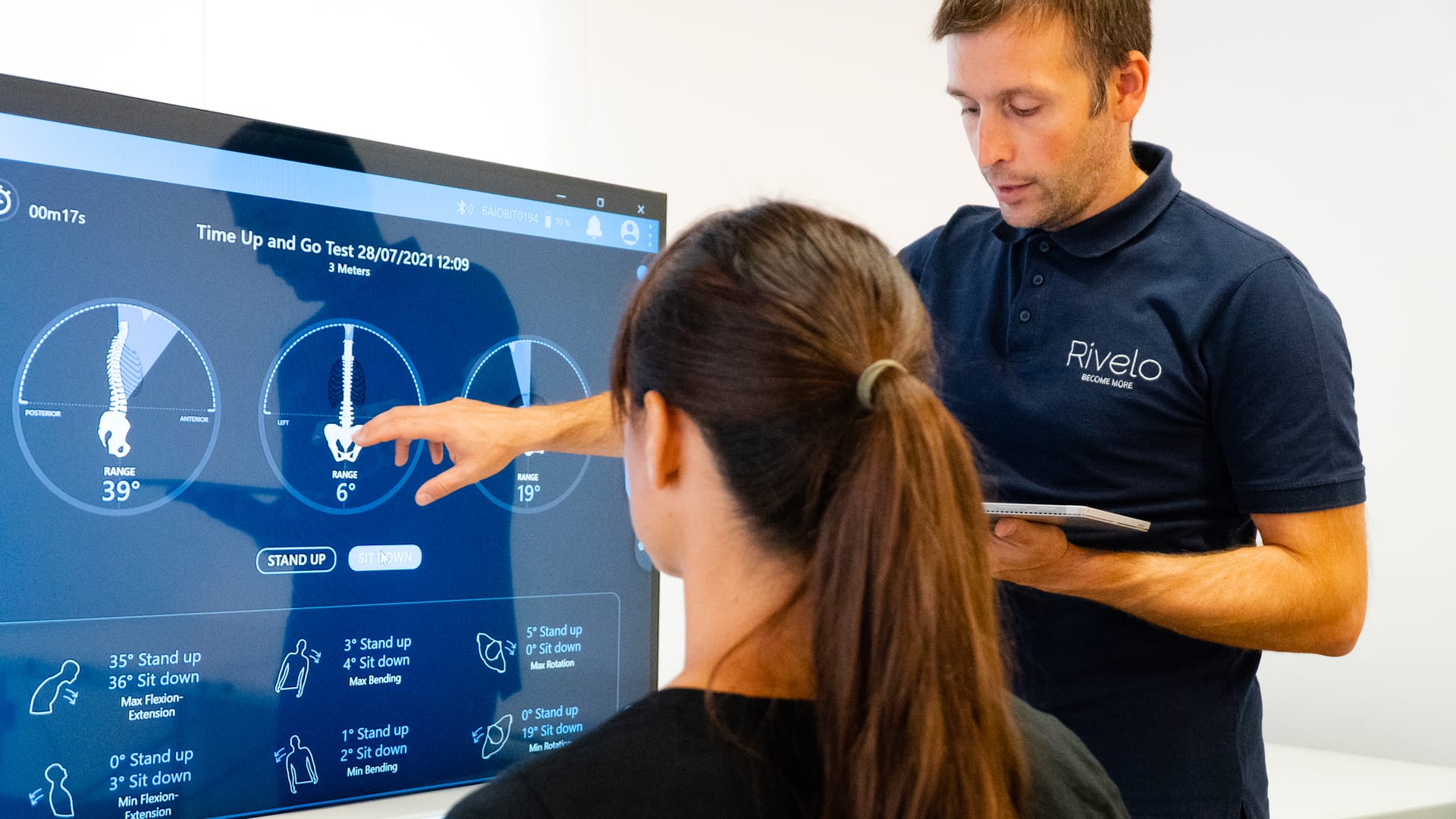Use of BTS NIRVANA to prepare children with disabilities for a real sailing course
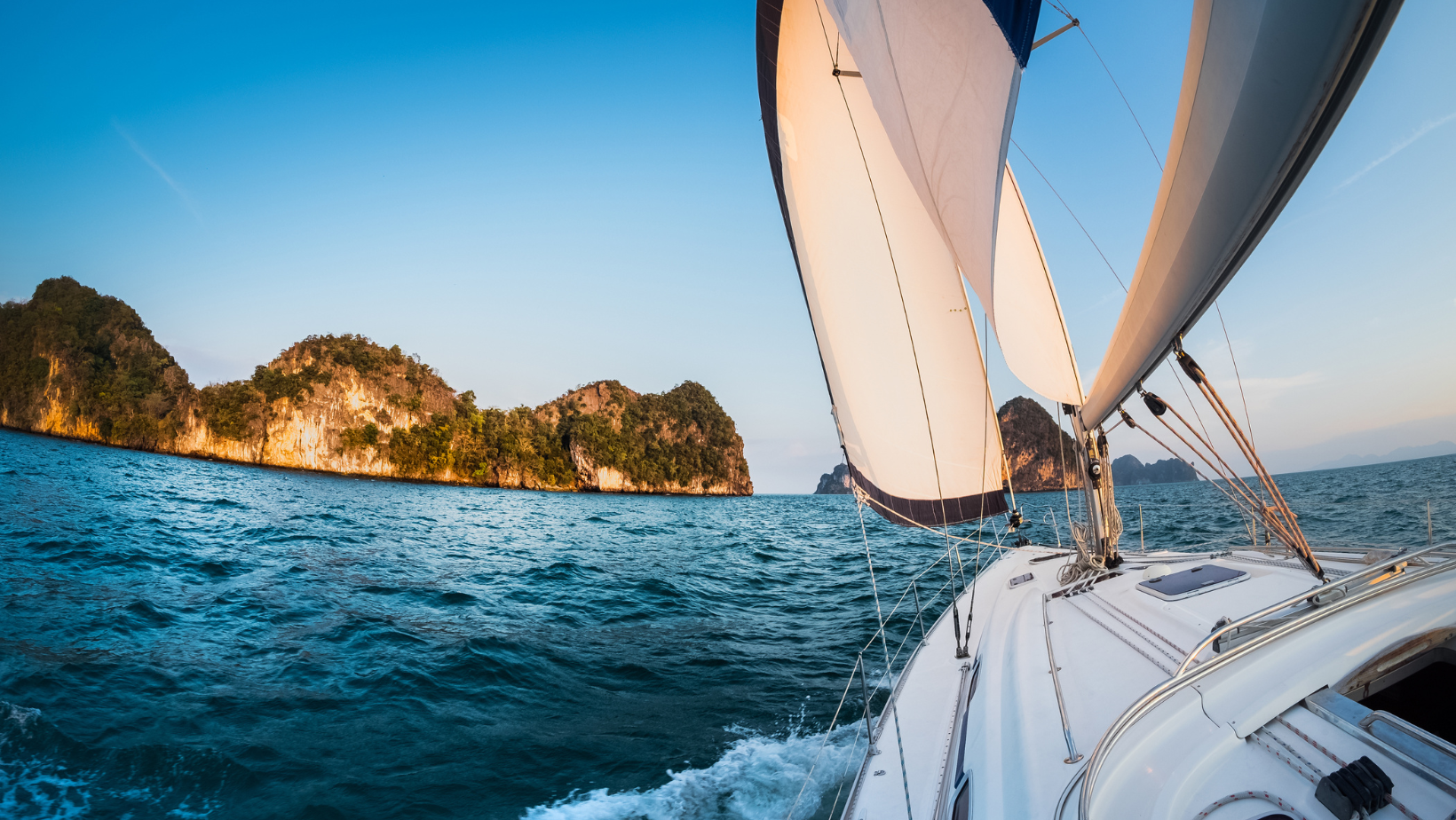
Author: Marta Francisca Corrà, Ph.D.
Sail therapy is a unique method of psychotherapy that relies on being at sea, sailing in different vessels (sailboats, kayaks, motorboats, yachts, etc.) and connecting therapeutic content and materials to the patient’s inner world. It is a complex activity involving perception and integration of different stimuli and can have positive effects on self-esteem and overall health. The time spent at sea allows us to see concretely how different mechanisms work, such as ADHD, anxiety, stress, depression, and social difficulties [1-3].
New technologies and increasing demand from people with disabilities have led to an increase in the sports available to these people, including sailing. Sailing simulators provide a safe and easy means of learning the skills necessary for sailing and bridging the gap between sailing on land and on the water [4].
The purpose of this study carried out by Don Gnocchi Onlus Foundation (Milan) in collaboration with University of Tor Vergata (Rome) was to evaluate the effects of a virtual technology navigation program, followed by a sailing course, on the balance and quality of life [5].
The study involved a total of 17 young individuals with neurologic disabilities, consisting mainly in coordination and balance deficits (6 cases were also mentally retarded), and a group of 15 age-matched healthy subjects.
The first phase of the study consisted of virtual-technological sailing, which focused on balance rehabilitation including training based on virtual reality with NIRVANA (BTS Bioengineering) and proprioceptive platforms. The virtual reality training consists of exercises designed to improve the motor control and the mobility (abduction and reaching) of the upper limb, and motor control and mobility of the trunk. The second phase included theoretical lectures and practical exercises on the sailing simulator, while the third phase consisted of a sailing course (Figure 1).
At the end of balance rehabilitation with NIRVANA and at the end of the sailing course (phase 3), a significant improvement in anteroposterior and mediolateral velocity of the center of pressure with eyes open was observed in boys with disabilities (P < .001). An improvement in trunk stability (displacement and velocity) was observed both after balance rehabilitation and after the sailing course.
These data suggest that technological rehabilitation, using virtual reality and proprioceptive platforms, provides an effective means of treating adolescents and children with balance abnormalities and could be used to prepare disabled individuals for navigation. These technologies provide patients with continuous visual feedback of their postural control and improve the strategies they adopt to achieve balance. In this way, patients can compare what they feel at the proprioceptive and kinesthetic level with what they realize at the motor level.
The sail, which includes a virtual and a real phase, improves the quality of life of children and adolescents with disabilities and can be used as an integral part of their rehabilitation program.
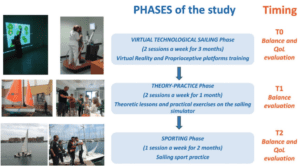
Fig.1 Flowchart of the study. Phase 1: virtual-technological sailing phase; phase 2: theory-practice phase; phase 3: sports phase. (Aprile et al, 2016).
References
[1] Arbuthnott K. Sport for people with a disability: the current state of play. Br J Sport Med. 1998;32:275-276.
[2] Poulsen AA, Ziviani JM, Cuskelly M, et al. Boys with developmental coordination disorder: loneliness and team sports participation. Am J Occup Ther. 2007;61:451-462.
[3] Shapiro DR, Martin JJ. The relationships among sport self-perceptions and social well-being in athletes with physical disabilities. Disabil Health. J 2014;7:42-8.
[4] Recio AC, Becker D, Morgan M, et al. Use of a virtual reality physical ride-on sailing simulator as a rehabilitation tool for recreational sports and community reintegration: a pilot study. Am J Phys Med Rehabil. 2013;92:1104-1109.
[5] Aprile I, Iacovelli C, Iuvone L, et al. Use of a Virtual-Technological Sailing Program to Prepare Children With Disabilities for a Real Sailing Course: Effects on Balance and Quality of Life. Journal of Child Neurology. 2016;31(8):1074-1080.
